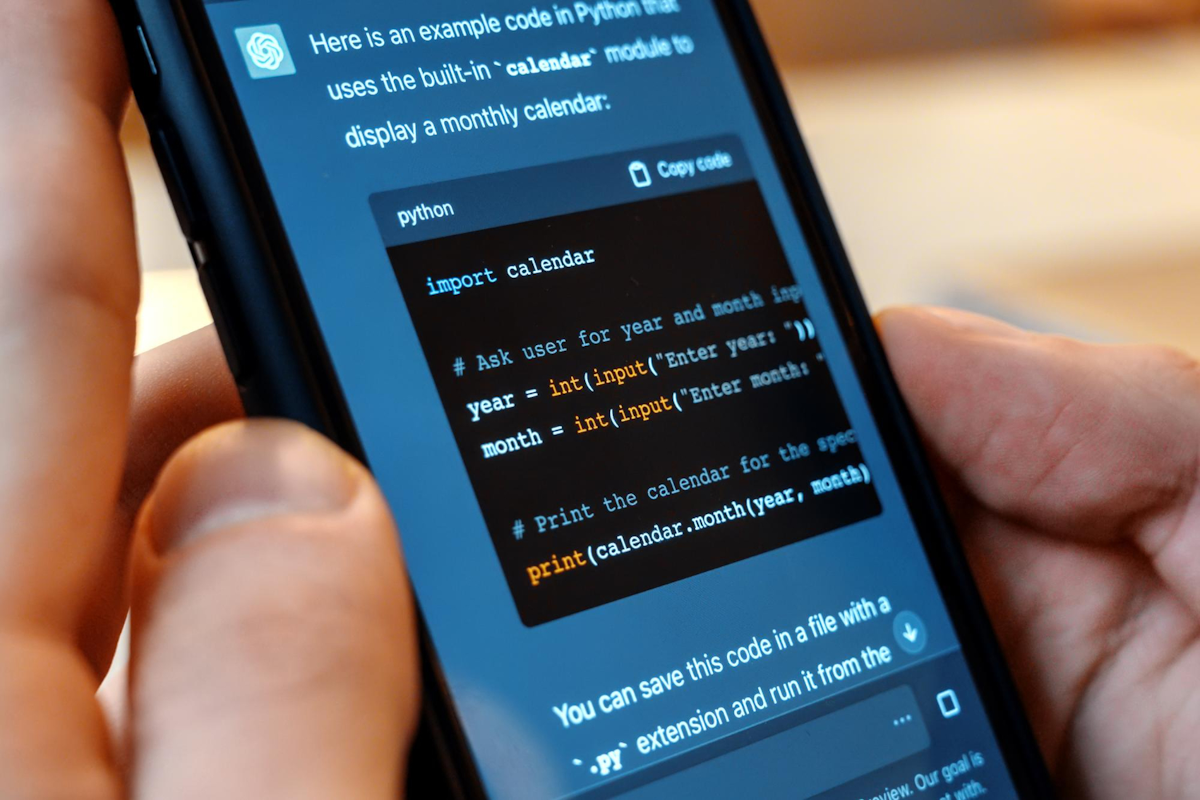
According to an OpenAI study (2025), ChatGPT is no longer just for early adopters and tech enthusiasts. With over 700 million weekly active users, this tool has become part of everyday life for people across the globe. The most common topics are practical guidance, writing, and seeking information, with seeking information rising sharply from 14% in 2024 to 24% in 2025.
Conducted together with Harvard economist David Deming and published by the National Bureau of Economic Research (NBER), the papaer shows that ChatGPT usage is becoming part of people’s daily routines. The research analyzed 1.5 million conversations from a large sample of users, covering adoption trends between 2023 and mid-2025. With more than 700 million weekly active users by 2025, this is the largest consumer usage study of ChatGPT to date.
The findings show how adoption patterns have shifted: what began as curiosity is now routine, with more people using ChatGPT at work and at home.
Who’s using ChatGPT?
The user base is expanding and becoming more diverse.
Gender gaps are closing
In January 2024, only 37% of users had typically feminine names. By July 2025, that number rose to 52%, making adoption closer to the general adult population.
Global adoption is booming
In lower-income countries, ChatGPT adoption is growing four times faster than in wealthier countries. This shows how democratized AI is helping communities with fewer traditional resources.
So, AI is no longer a niche tool. It’s a global platform accessible to anyone with an internet connection.
What do people use ChatGPT for?
Seeking information is quickly becoming one of the dominant use cases for ChatGPT, growing from 14% in mid-2024 to 24% a year later. Users increasingly turn to AI for reliable knowledge, not just for writing support or everyday advice.
Other dominant topics:
- Writing has declined from 36% of all usage in July 2024 to 24% a year later
- Asking for explanations, advice, or quick insights: 49%
- Doing (40%): drafting text, creating plans, coding, or completing practical work. About one-third of this usage is directly work-related.
- Expressing (11%): personal reflection, creativity, or play.
The most common work-related task is writing. From emails to reports and blog drafts, ChatGPT is reshaping how people communicate.
Work vs. Personal Use
By mid-2025, ChatGPT is used more for personal needs than for work. Non-work usage rose from 53% in June 2024 to 73% in June 2025.
- Non-work usage: 73% of all conversations focus on personal tasks, guidance, or decision-making.
- Work usage: 27% of conversations still happen on the job.
- Writing at work: about 40% of work-related messages are drafting, editing, or improving text.
- Education: around 10% of all messages involve tutoring, teaching, or study support.
Why this matters for businesses
As adoption widens, businesses must recognize how users interact with AI and where their brands can appear in AI-generated results.
Key takeaways for companies:
- AI visibility is the new SEO: if your content isn’t optimized for LLMs, your brand may miss being cited in AI answers.
- User habits are shifting: with AI Overviews and AI Mode in Google, fewer people click on traditional links. Brands need strategies that go beyond classic SEO.
- Value creation is real: from improved decision-making to faster workflows, AI means impact.
Conclusion
The OpenAI and NBER study confirms what many marketers already feel: aI adoption is broad, growing, and reshaping how people work and live.
For consumers, ChatGPT is a mix of advisor, assistant, and creative partner. For businesses, it’s a signal to adapt fast. These days, SEO is about being present in every digital touchpoint, including AI-driven results.
At SEONIQ, we help brands build exactly that kind of omnichannel visibility. Because as user behavior shifts, one thing stays the same: visibility drives growth.
